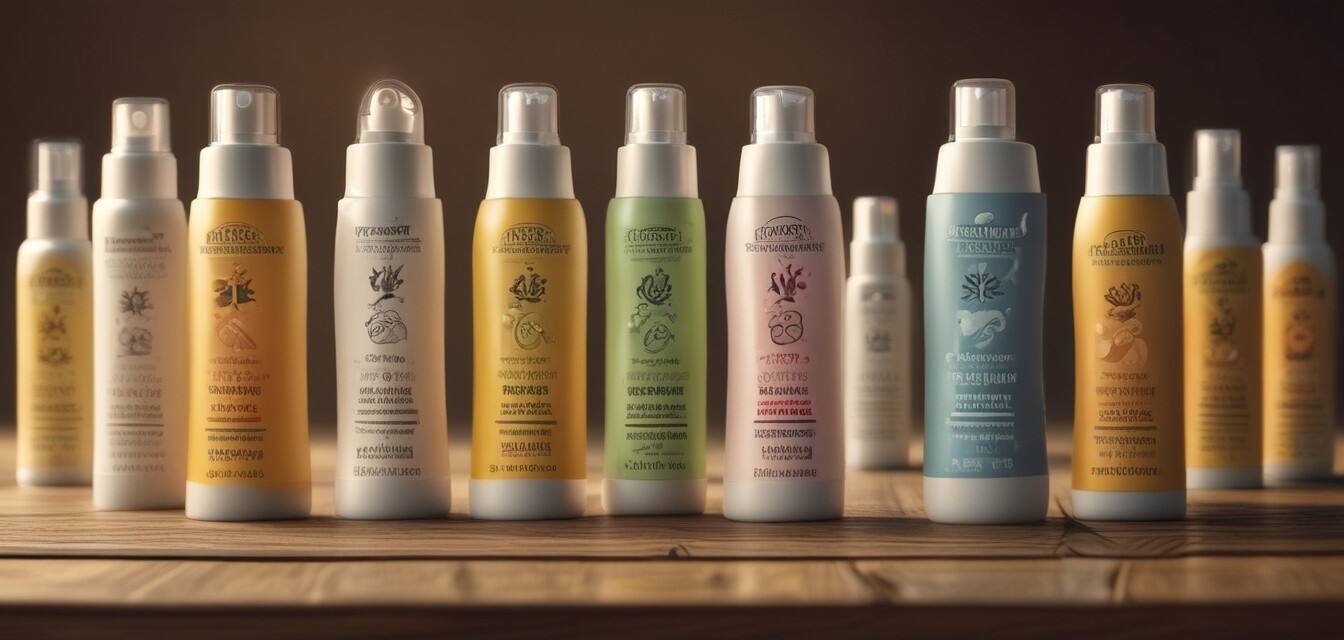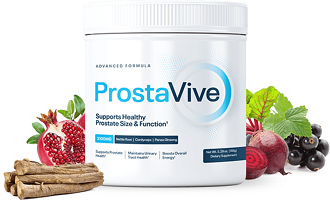
How to choose the right sunscreen for your skin type
Key Takeaways
- Understanding your skin type is essential when selecting sunscreen.
- Look for broad-spectrum protection to defend against both UVA and UVB rays.
- Different formulations (gel, cream, stick) suit various skin types.
- SPF level varies by individual needs – choose wisely based on your sun exposure.
- Reapply sunscreen every two hours or more frequently if swimming or sweating.
Choosing the right sunscreen can be a daunting task with so many products available on the market. By understanding your specific skin type and needs, you can make an informed choice that will protect your skin effectively. This guide will walk you through selecting the best sunscreens for various skin types, ensuring you can enjoy the sun safely and confidently.
Understanding your skin type
Your skin type significantly influences which sunscreen will work best for you. Here are the main categories:
| Skin Type | Description | Recommended Sunscreen Types |
|---|---|---|
| Oily | Shiny appearance, prone to acne. | Oil-free gel or lotion. |
| Dry | Flaky, rough texture. | Moisturizing cream or lotion. |
| Combination | Mix of oily and dry areas. | Lightweight lotion or cream. |
| Sensitive | Easily irritated, red spots. | Mineral-based sunscreen. |
| Normal | Balanced, neither too oily nor too dry. | Any broad-spectrum sunscreen. |
Choosing the right sunscreen based on sun exposure needs
Identifying your typical sun exposure will also guide your decision:
- Daily Use: If you are mostly indoors or only occasionally in the sun, opt for a sunscreen with SPF 15-30. Consider lightweight lotions or sprays.
- Outdoor Activities: For activities like hiking, swimming, or sports, choose a higher SPF (30-50) and water-resistant formulas that will last longer.
- Long Exposure: If you're planning a full day at the beach or outside, use a broad-spectrum sunscreen with SPF 50+ for maximum protection.
Understanding sunscreen ingredients
It's essential to know the active ingredients in your chosen sunscreen. They generally fall into two categories:
| Type | Description | Ingredients |
|---|---|---|
| Chemical | Absorb UV radiation and convert it to heat. | Avobenzone, Octisalate, Octocrylene, Oxybenzone. |
| Physical (Mineral) | Deflect and scatter UV rays from the skin. | Zinc Oxide, Titanium Dioxide. |
Application tips for maximum effectiveness
Applying sunscreen correctly is just as important as choosing the right one. Here are some important tips:
- Apply sunscreen 15 minutes before sun exposure to allow for proper absorption.
- Use about an ounce (a shot glass full) for full body coverage.
- Don’t forget to apply to often-missed areas like ears, neck, and feet.
- Reapply every two hours or immediately after swimming or sweating.
- Combine with other protective measures like clothing and hats whenever possible.
Additional resources for sunscreen selection
For more detailed guides on skincare and grooming, feel free to check out our other articles:
Pros
- Provides protection against harmful UV rays.
- Available in various formulations catering to different skin types.
- Reduces risk of skin damage and aging.
Cons
- Can be difficult to choose the right product without proper knowledge.
- Some formulas may cause irritation for sensitive skin types.
- Often needs to be reapplied frequently for maximum effectiveness.
Conclusion
Selecting the right sunscreen is crucial for protecting your skin from sun damage. By understanding your skin type and sun exposure needs, you can choose a suitable product that fits your lifestyle. Remember to apply your sunscreen correctly and complement it with other protective measures for the best results. Happy sunbathing!
